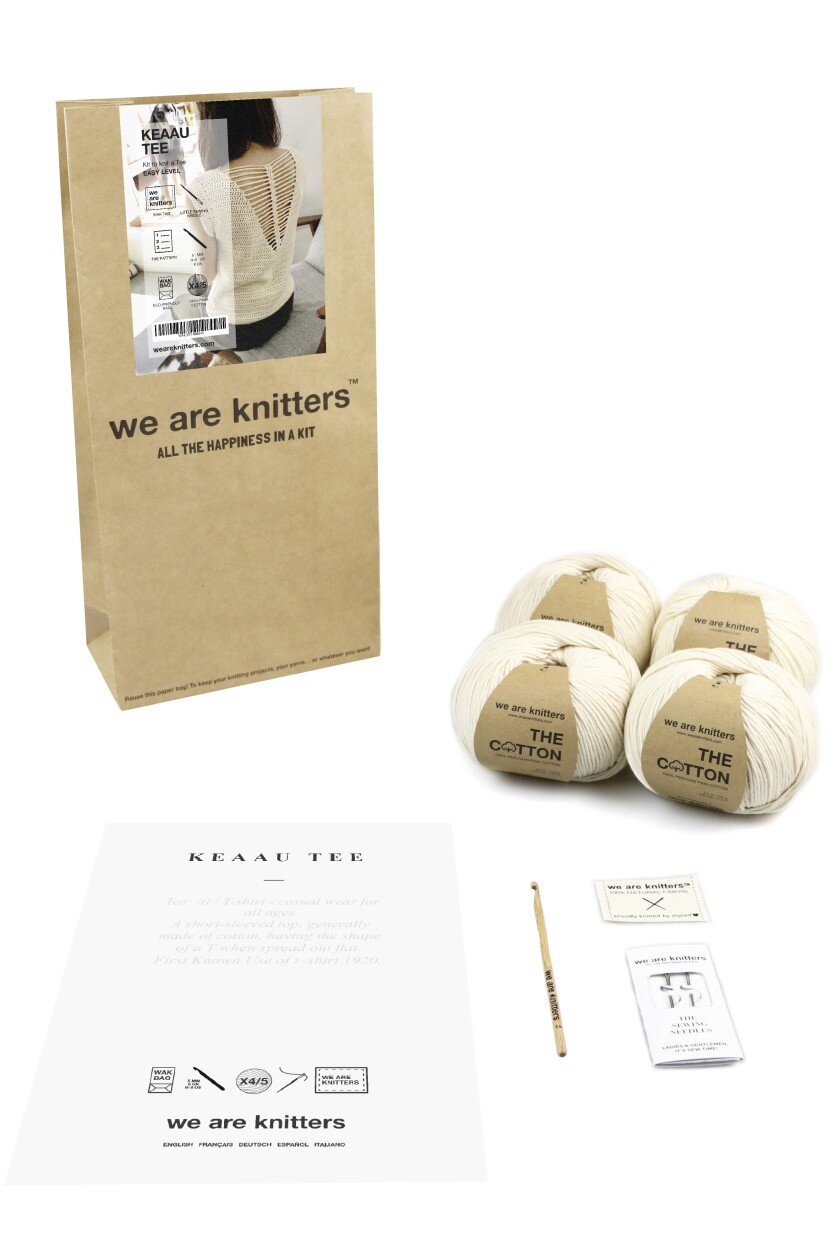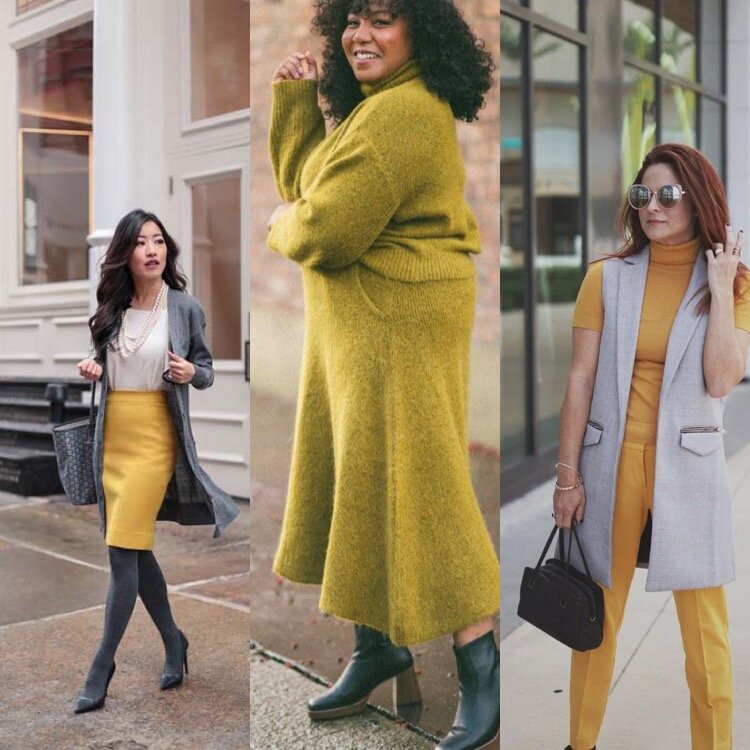Virtual Fashion in a Pandemic
The coronavirus and the consequential quarantine measures have significantly impacted industries worldwide, and the fashion world is no exception. Mandatory social distancing naturally limits engagement with fashion products to online spaces, but the dilemma faced by retailers and consumers is more complex than it appears. Smaller fashion labels share the fear of their businesses not surviving the pandemic. While online shopping has not completely halted, established name-brands receive the bulk of profits while lesser-known companies struggle to retain financial stability.
Fashion businesses have attempted to combat the decline in revenue by offering discounts on their products. Online clothing stores’ coupons come in the form of codes, many of them aptly named such things as “STAYHEALTHY” and “STAYHOME15”. The imperativeness of supporting smaller fashion businesses cannot be overstated, especially those donating a percentage of their proceeds to various charities. For example, street fashion label John Elliott is donating $10,000 as well as 10% of their sales to the UCLA Health Fund to aid the medical personnel working endlessly during this pandemic. Footwear label Mia Becar takes the much more direct approach of donating all proceeds to the California Community Foundation COVID-19 L.A. Response Fund. The shopping habits of consumers seems even more uncertain, with the current suspension of wages and fashion tastes possibly changing due to a number of factors.
Mainstream fashion was already becoming more minimalistic, so working from home would only further encourage a daily casual manner of dress. As proof, online sales of tracksuits have skyrocketed in the US and UK since January. On the other hand, the overexposure of casual wear may leave some longing to dress formally once more. Fortunately, consumers have less costly options to remain connected with the fashion industry. Countless online magazines and blogs still update regularly, and there are fashion documentaries available on cable and streaming services. In fact, consumers can even learn how to craft their own fashions. Online tutorials are widely accessible, and companies sell fabric and crochet materials for affordable prices. Historical events have always influenced fashion trends, even spawning new generations of designers.
Report: Nia Hunt






















Buying a house is one of the biggest life decisions that you’re likely to make in your whole life, and most people do not do it alone. If you’re not planning to buy with cash, then you’re going to need to secure a mortgage for your home, and you should take care to be as prepared as you can be when you go looking for the right one.